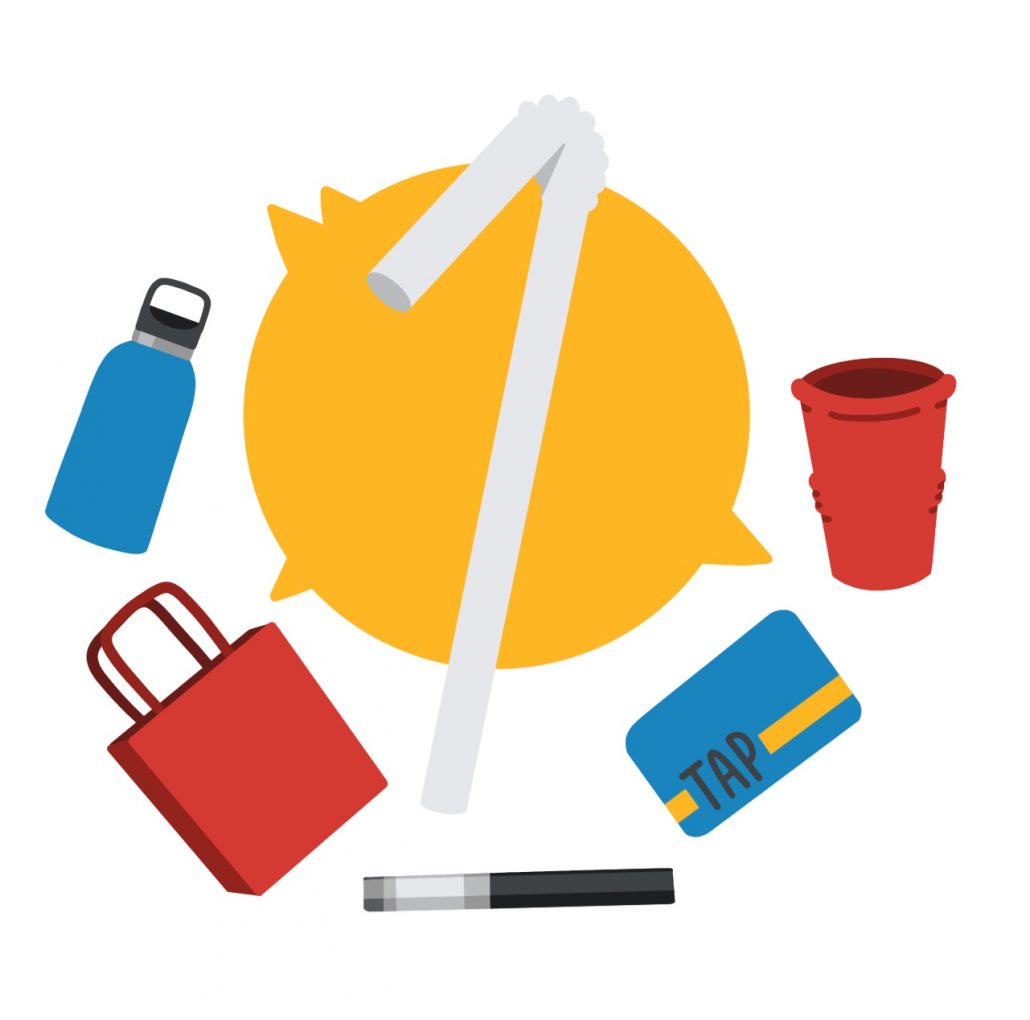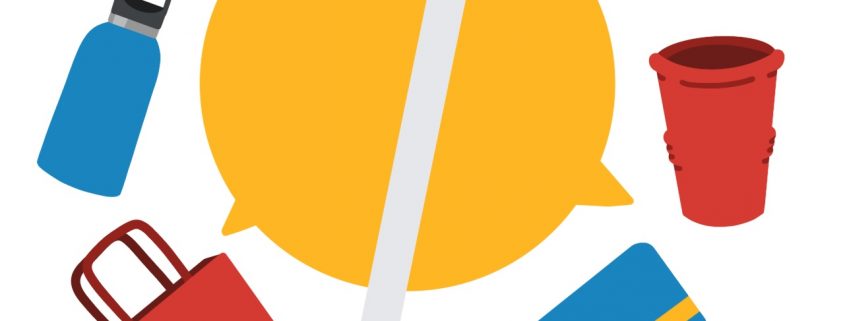Sustainability should be prioritized beyond plastic-straw shaming

Take a stroll through USC Village, and myriad trends may stick out — a variety of reusable grocery totes, Hydroflasks, drinking utensils ranging from paper straws to Starbucks sippy cups to plastic straws sticking out from the sippy cups. Go to the Row on a Friday night, and you may notice red Solo cups scattered across front lawns, e-cigarettes flashing and fuming and free Lyft rides congesting the narrow streets near campus.
These details, although microscopic, highlight the larger conversation regarding environmental awareness on campus and students’ varying approaches to it. Freshly inaugurated, President Carol Folt listed sustainability as one of her top priorities on campus, claiming she will work with students to foster conversations regarding more environmentally mindful practices.
Although the Sustainability 2028 Plan is in development, sustainability needs to be prioritized beyond endorsing surface-level initiatives like reusable straws. To institutionalize an environmentally cognizant campus, students must stop intrinsically contradicting themselves and instead devote themselves to attitudes that promote more consistent sustainability practices.
One of today’s most widely practiced sustainability measures gained momentum with a viral video of a sea turtle with a plastic, bendy straw lodged up its nose. Consequently, activists across the nation endorsed the use of reusable straws as an alternative to disposable plastic straws in an effort to raise awareness of ocean pollution and its impact on marine life.
It eventually gained legislative traction as Seattle became the largest U.S. city to ban plastic straws in June 2018, with many others following suit. The movement has even extended to major fast food corporations like Starbucks, which recently introduced strawless lids as part of an initiative to remove all plastic straws from an estimated 25,000 of its locations worldwide by 2020.
This trend of moving toward a strawless society definitely has meaning behind it — after all, according to a report by the environmental group Better Alternatives Now, straws and stirrers did account for 7% of plastic items found along the California coastline.
However, out of the 8 million tons of plastic that flow into the ocean every year, straws only account for about 0.025% of it by weight. While any effort toward change helps a facet of the environmental crisis, these statistics justify how we have much bigger fish to fry. In fact, a recent study by Ocean Cleanup estimated that about half of the plastic waste in the Great Pacific Garbage patch came from fishing nets and commercial fishing.
In addition to the strawless movement, the consumption of nondairy alternatives to milk, especially almond milk, has drastically risen in popularity over the past decade. While some see almonds as a sustainable option due to their smaller carbon footprint compared to livestock, they actually require about 15 gallons of water for every 16 produced, which is especially concerning when a drought-stricken state like California produces about 80% of the world’s almonds.
These statistics suggest that there is fine intent behind these efforts, but this extreme attention to these miniscule solutions distracts students from large-scale problems like commercial fishing, ocean pollution contribution and climate change.
Furthermore, while students may believe that these behaviors alleviate their consumerism’s impact, their contributions would be more significant if they approached the issue holistically. Instead of using a metal straw to flex environmental awareness, they should refrain from practicing environmentally hazardous habits such as vaping from nonreusable plastic pods, taking unnecessarily long showers and choosing to take a car to destinations reachable by the Metro or LADOT Dash.
To adopt a more meaningful approach to environmental mindfulness, students must be steady with their sustainability practices. That doesn’t mean they should ditch the strawless movement; it means they should take it beyond the sea turtle video.
It means they should consider the implications of drinking almond milk over dairy for the sole purpose of being more sustainable, especially when oats and soy also exist as dairy alternatives and actually require far less water than almonds. It also means thinking twice before taking that Fryft to a party that can be easily — but also safely — trekked, and taking the Metro or other forms of public transportation. And, it means to continue looking at change from the big picture perspective with climate strikes for policy change and for combatting major corporations such as Coca-Cola, which contribute the most to the global waste aggregate.
Looking forward, this refined mindset could move beyond plastic straw shaming to proactive and significant universal improvements.

